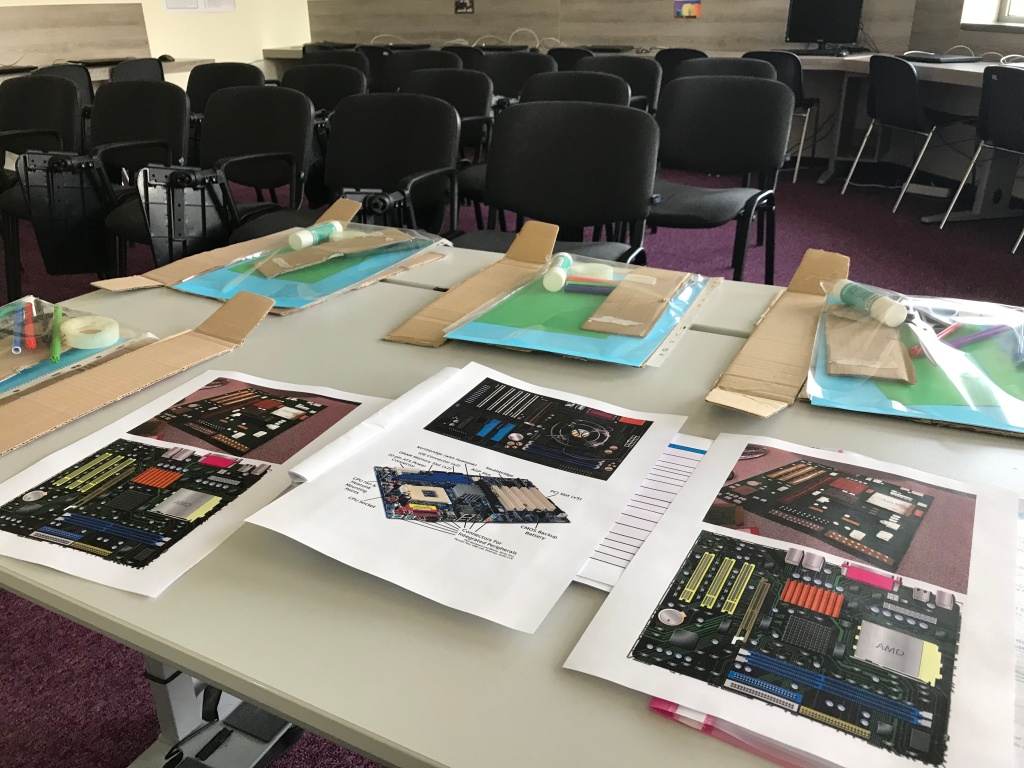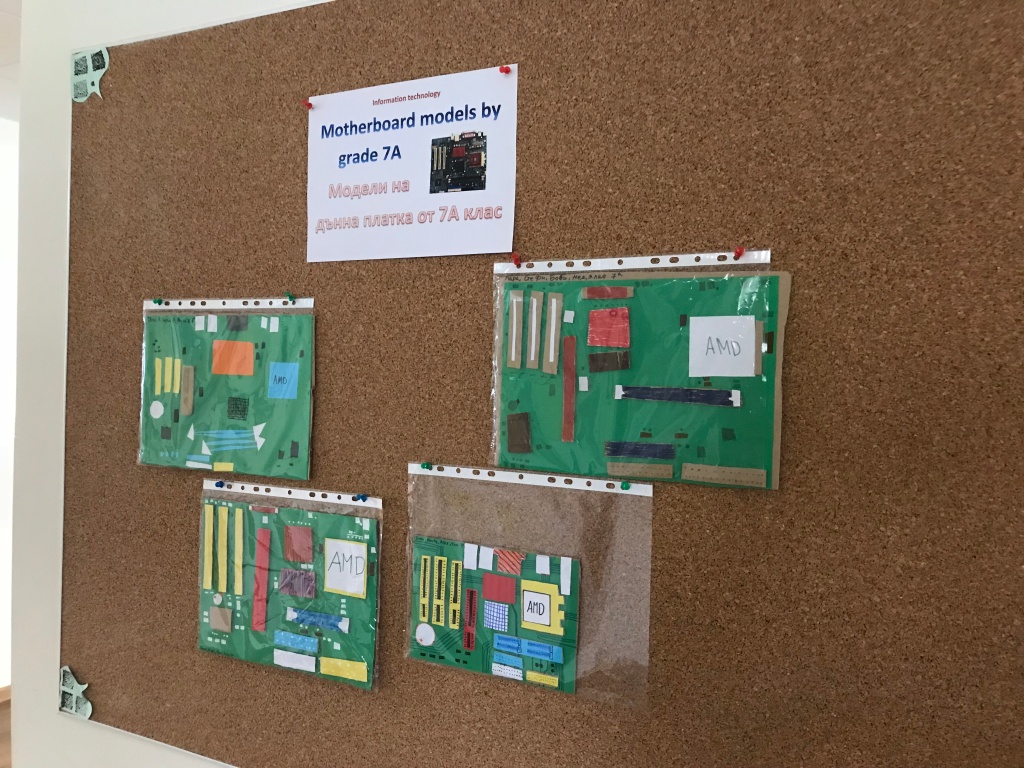Facilitating independence in the learning process is important. It will challenge and improve the students’ motivation and dedication, while developing their organizational and time management skills. Some students might even discover they have leadership and project management skills. Independent learners are active learners that take responsibility for their own work, tasks and deadlines, which will really help them in their adult life after graduating.

There are many ways for a teacher to facilitate independent learning, depending on the subject they teach. Here, in this blog, you know we talk about Technology, IT, Computers and Robotics lessons, so this is the subject we’ll have in mind when giving ideas and examples.
Let me first tell you (in a brief way, I promise) a story of a memorable experience I had of independent learning as a student. We had HTML lessons. I was in 9th grade (that is 16 years old in Bulgaria) and the teacher gave us this project where we had to create a 3-page website using HTML. He did give us a structure to use, which included 3 pages, the use of different fonts, at least 5 pictures and some other things. I had a whole week to create this simple website, but I did it in an hour. After that I thought that the website looked dull and boring, so I started researching and learning CSS on my own. I added so many new things and design decisions to my website. I spent the whole week studying and watching YouTube tutorials and I had so much fun. Afterwards, the teacher was absolutely shocked at how good my website looked. It was a light year ahead of all of my other classmates’ work and it gave me such great pleasure to create. Because of the not so strict structure, general task and the way the teacher taught us that subject, everybody had done a great independent job with their project that they were proud of.
Effective activities for facilitating independence strike a balance between giving control to students and providing a sufficient degree of structure, just like my HTML teacher did in 9th grade. This is one of the main examples when you teach independence in the learning process.
Approach 1:
We provide students with a brief, along with a set of criteria they must fulfill to be successful.
For example:
Brief: You should create a report outlining the advantages and disadvantages of a certain computer network topology by giving alternatives.
Criteria 1: Your report should include a minimum of two alternatives.
Criteria 2: For each alternative, you should explain the strengths and weaknesses.
Criteria 3: You should include a diagram of the chosen alternative topologies
As you will note, in the example we have given the students a task which is fairly open. This provides a good amount of scope for them to be independent. We have then structured the task through the provision of the criteria, ensuring students target their efforts in the right direction.
Another example from my experience:
Some time ago I gave my 7 graders a project to work on in groups of 4 people each. They had the freedom (and duty) to make their own decisions, to manage their own time and to deliver the best possible outcome. I gave each group some cardboard, colorful paper, scissors, glue and pencils.
Brief: Using those materials and the Internet, create a model of a computer motherboard.
Criteria 1: The motherboard has to have a CPU.
Criteria 2: The motherboard has to have RAM memory.
Criteria 3: The motherboard should be around the size of an A4 paper.
(and you can give more or less criteria, no need to be exactly 3)

What the students came up with was great! They all did their independent work on the research of the different hardware pieces that go in a motherboard, they designed those parts and drew them, then they cut and glued everything together. The students were so proud and satisfied with their work (me too, these cardboard motherboards were a great display for the computer lab). I remember their faces to this day (it was my first try at independent learning) and I keep this thought in my mind as I give each class at least 30% independent work throughout the school year.

Approach 2:
We present the students with a question or task followed by a selection of options. They then decide which option they will take. Here is an example:
“What are the advantages and disadvantages of a laptop?”
Choose one of the following ways in which to respond to the question:
- Through a poster
- Through a piece of writing like an essay
- Through an imaginary radio interview with Bill Gates or Steve Jobs or somebody else
- Through a PowerPoint presentation
Here, we facilitate independence by allowing students to decide how they will respond to the question. Just like a design brief, the model can be adapted to work with almost any content in almost any lesson.
In conclusion, I think we should all be aiming to use independent learning more often in the computer lab (and in the classroom in general), because the whole point of the school system is to prepare a student for the real life that will soon start, and real life requires a lot of general knowledge, time management, problem solving and independence.